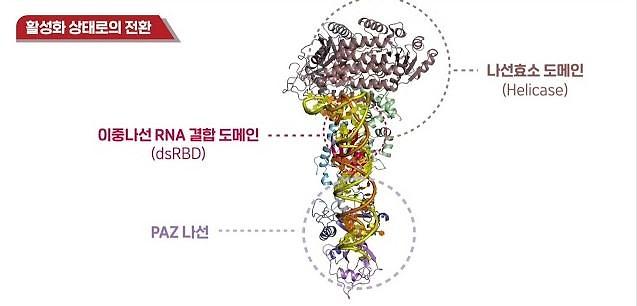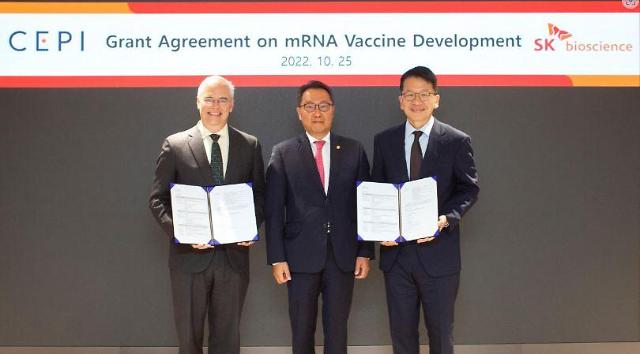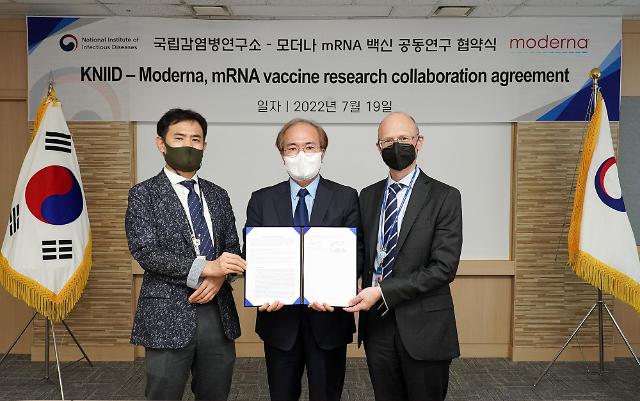
[Courtesy of IBS]
SEOUL -- For the first time in the world, a team of researchers from South Korea's Institute for Basic Science has found the key operating principle of Dicer, also known as endoribonuclease Dicer, a protein crucial to the generation of micro RNA and RNA therapeutic agents. The findings could help researchers analyze the cause of various cancers and develop RNA-based drugs.
Dicer is an enzyme that cleaves double-stranded RNA into short double-stranded RNA fragments called micro RNA (miRNA). The crucial protein selectively inhibits the expression of specific genes by binding to messenger RNAs that produce proteins, playing the role of a regulator that affects all processes of life phenomena including cell proliferation and differentiation, immune response, aging, and diseases.
Drosha is a Class 2 ribonuclease enzyme that plays a crucial role in the processing of miRNA. Drosha is involved in the initial step of miRNA processing, where it cleaves a longer precursor RNA molecule into a shorter hairpin-shaped structure called pre-miRNA. This pre-miRNA is then transported out of the nucleus and further processed by Dicer to produce a mature miRNA.
Previously, the IBS research team had identified the function and structure of Drosha through research and revealed the three-dimensional structure of the enzyme for the first time in the world. The findings laid the groundwork for the understanding of Drosha's operating principle.
The institute said in a statement on February 23 that its researchers randomly synthesized more than one million kinds of miRNA precursors composed of four types of nucleobases -- guanine, uracil, cytosine, and adenine -- to launch a large-scale parallel analysis that simultaneously cut and quantitatively examine the precursors to find the exact sequence which allows Dicer to cleave through. The sequence was named the "GYM sequence."
The researchers found that the GYM sequence was important for Dicer to determine the cleavage site of the miRNA precursor by recognizing the internal sequence, rather than recognizing the ends of the precursors created by Drosha. The researchers also found that applying the GYM sequence to the RNA interference (RNAi) technique, greatly increases the efficiency. RNAi uses artificially composed miRNA to inhibit disease-causing genes.
IBS said that the findings could contribute to the development of RNA therapeutic agents that can selectively regulate gene expression during treatment for genetic diseases or cancer. "It helps to analyze the cause of diseases if we can understand the generation process of miRNAs and we can also further develop gene therapy technologies by increasing the RNA interference," IBS researcher Kim V. Narry said in a statement.




